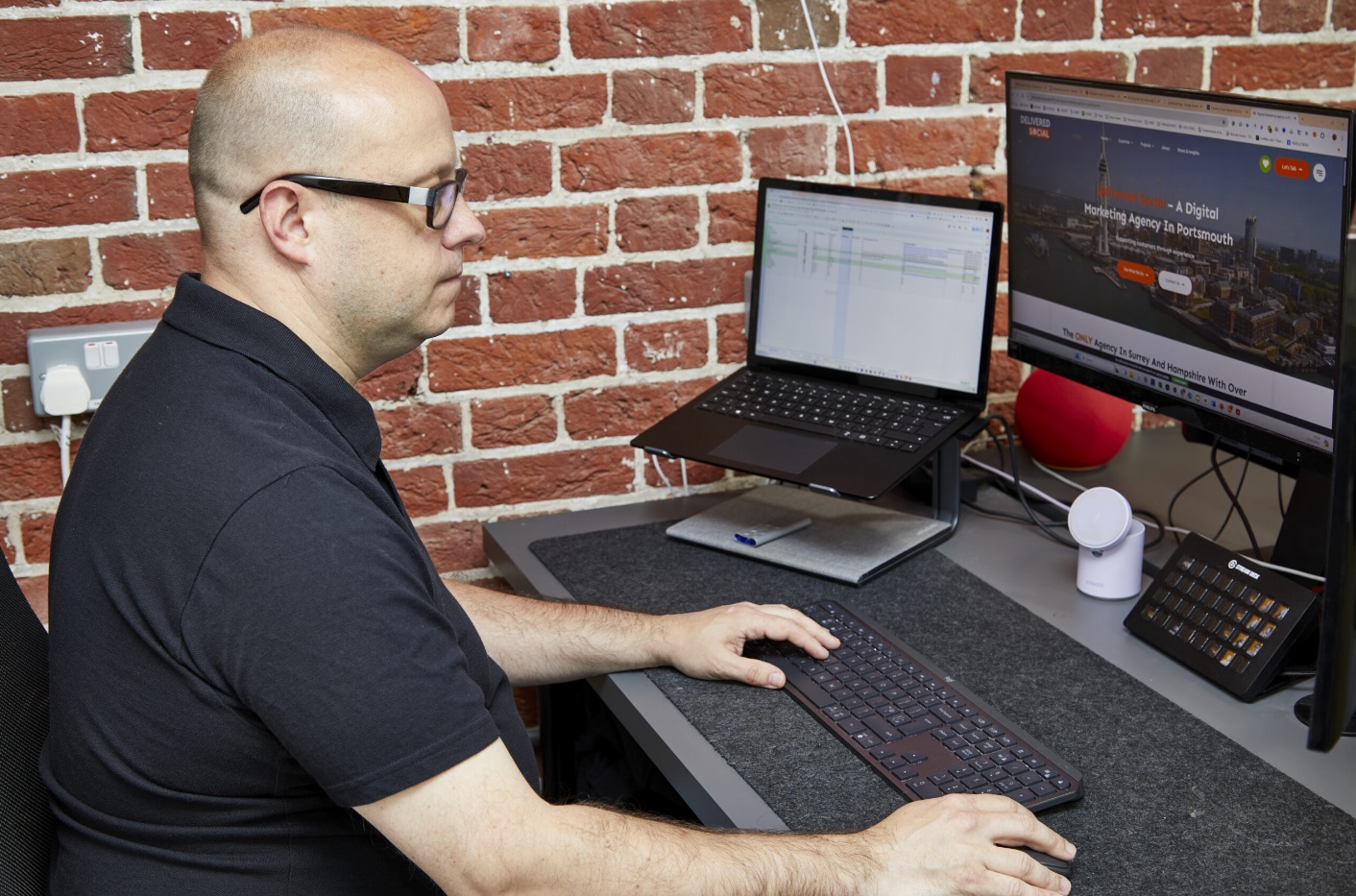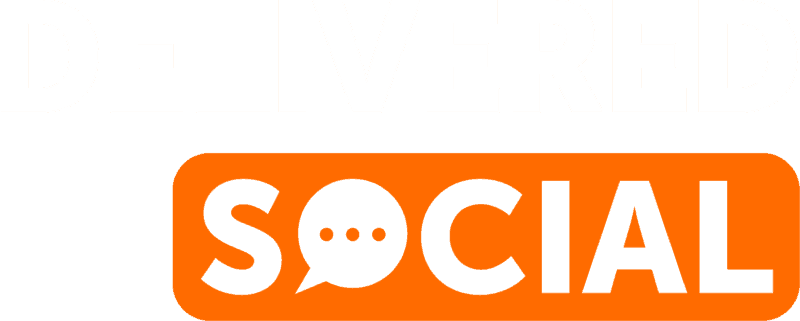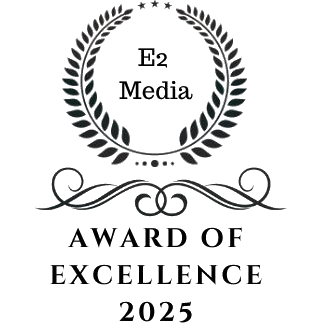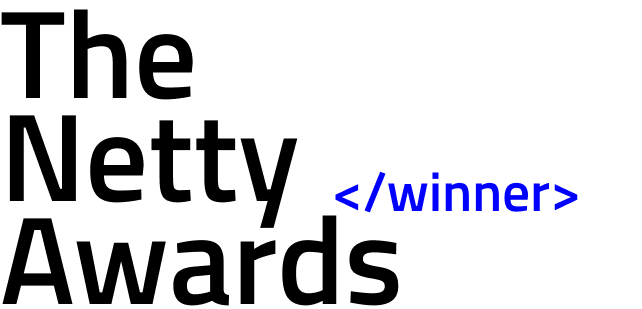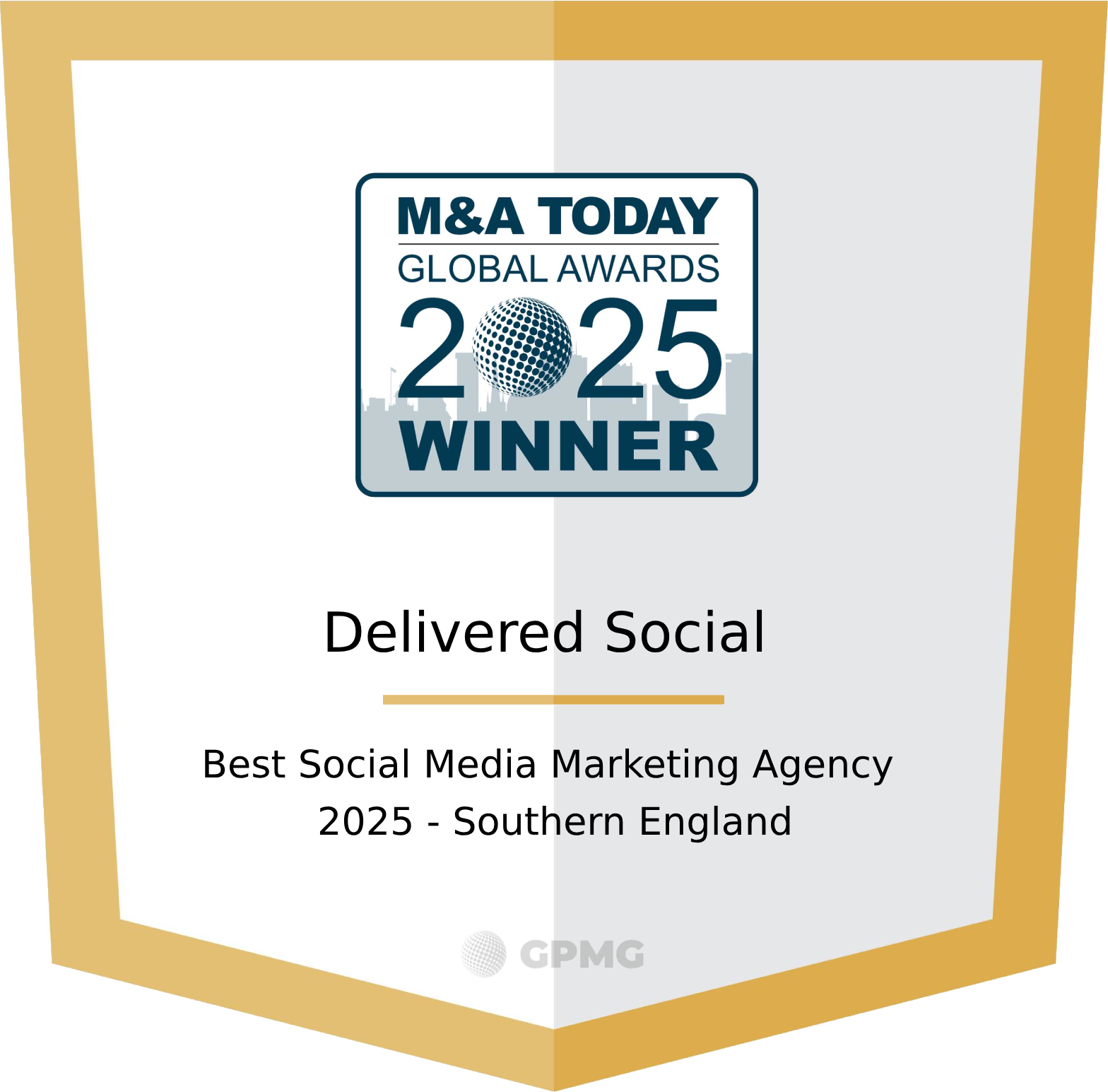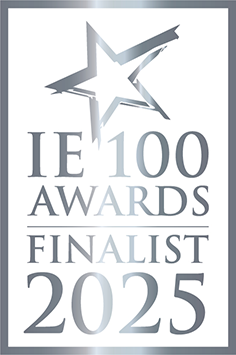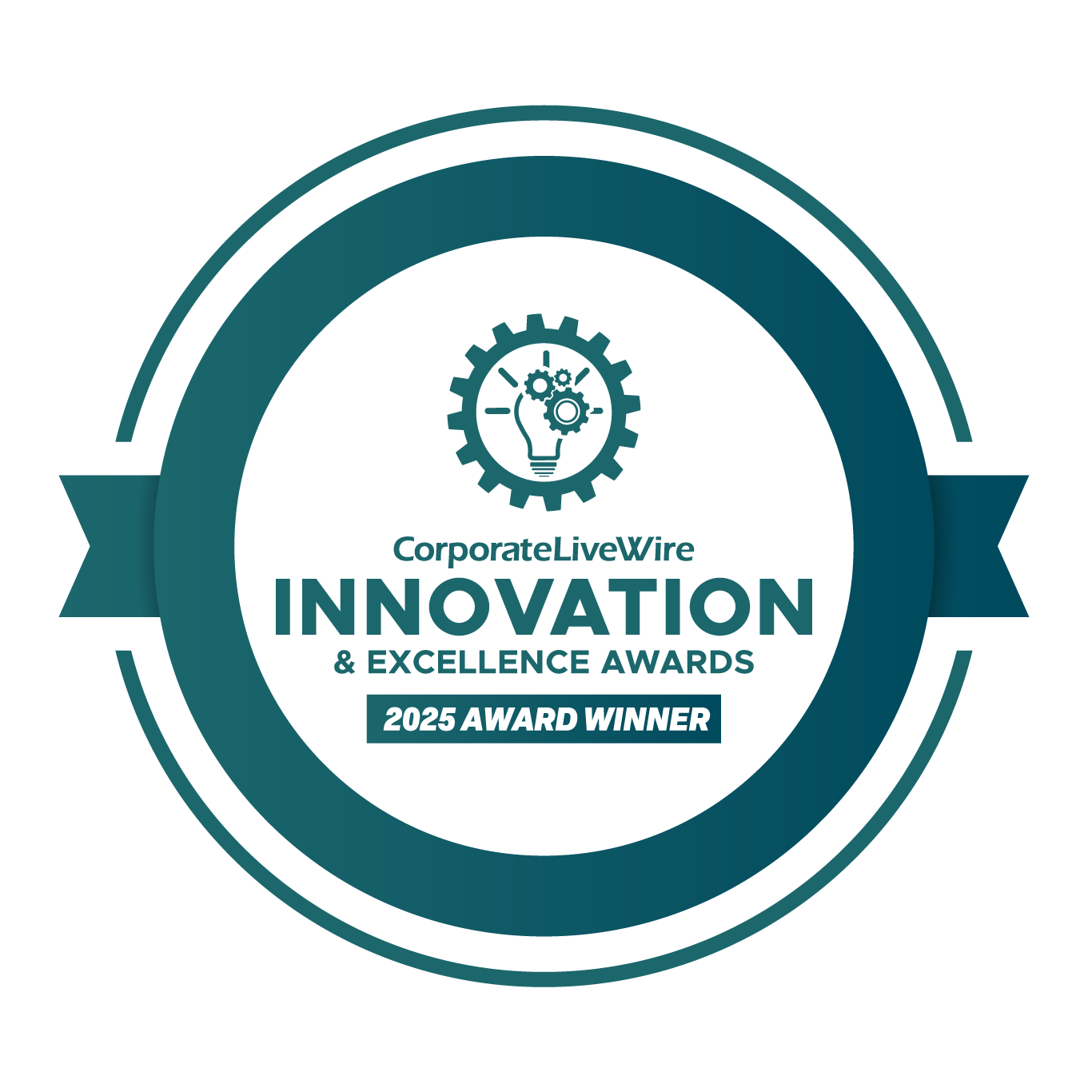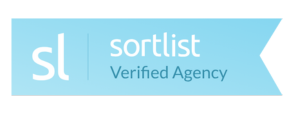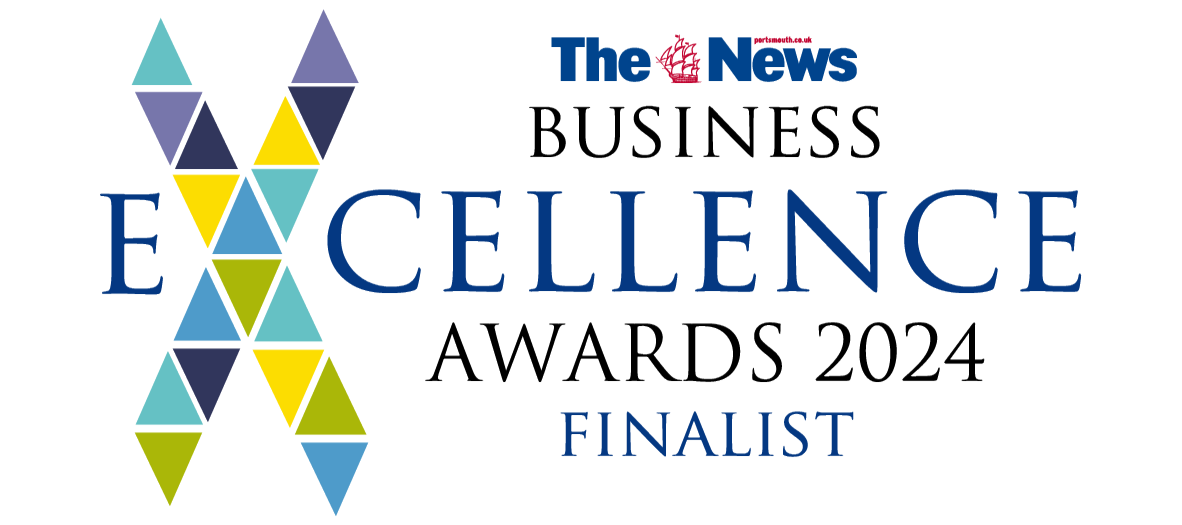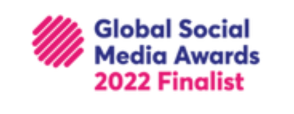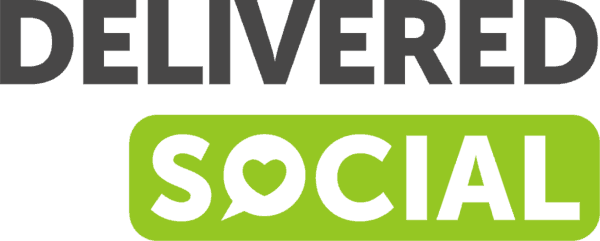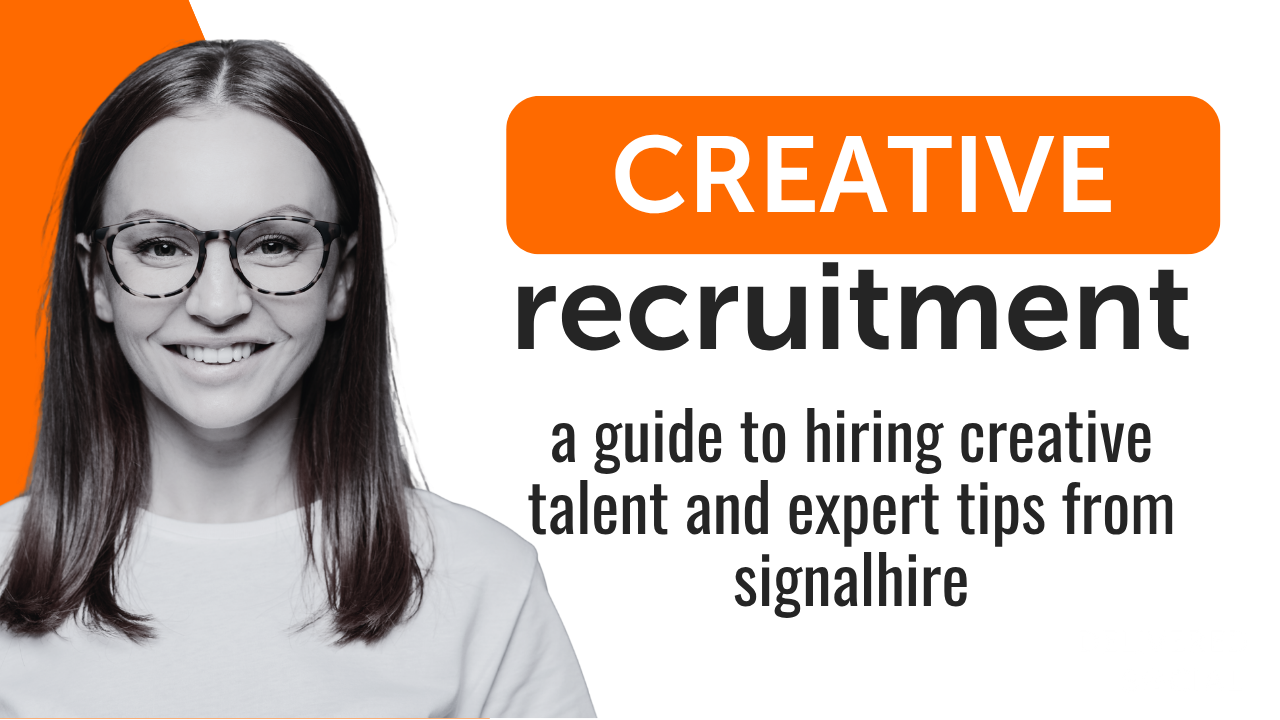
The creative industry is booming. It’s a race to the bottom in every organization — media publishers, social networks, digital marketing agencies, content brands and agencies — to find designers, artists, content creators, and creative strategists that are worth working for. But there’s a hitch: recruiting creative talent isn’t exactly like hiring for other types of positions. It takes an entirely different mind-set, drawing together technical skill with an artistic vision, cultural fit with innovative thinking.
The numbers paint a powerfully dramatic picture. Sixty-three percent of creative managers are currently hiring for new roles, and a further 35% hope to fill open positions, according to Robert Half’s 2024 study. But here’s the thing: 94% of managers say they struggle to find skilled talent — especially in some specialized fields, such as marketing and UX design. Therein lies both the opportunity and the challenge for employers who are trying to build great creative teams.
Whether you’re looking for your next content strategist at a social media agency or a creative director at a boutique marketing firm, this guide will be a roadmap for how to hire effectively for your own creative needs.

What is New in the Creative Hiring Landscape
It’s fun but challenging to hire creative talent in 2025. The world is changing quickly, and companies must change rapidly as well in order to bag the best people. Roles that require creativity, like design, content and strategy, aren’t purely tech based these days. It’s about vision, that emotional connection, and knowing your audience. A major change is skill-based hiring and employers are emphasizing what candidates can do and not just grades, unleashing diversity.
Speed matters too. The top creatives have choices, and slow hiring can drive them away to rivals. Companies are tightening up with clear timelines and fast feedback. AI is also shaking things up—69% of creative leaders say it’s changing the skills they need, such as using AI for design or analytics. Robert Half’s 2025 report found contract talent use to be trending up, with 58% of managers leveraging freelancers for nimbleness.
Diversity is a game-changer. Diverse teams have better ideas and reach broader audiences. The job market is getting tightened via underrepresented pools as well as equitable rubrics to measure fairness out of the equation. If companies want to compete for these creatives, they have to wear their values on their sleeve, with inspiring interviews and transparent paths for growth. It is about putting in place a process that feels human, fast and inclusive, so the best talent feels excited to come and to stay.
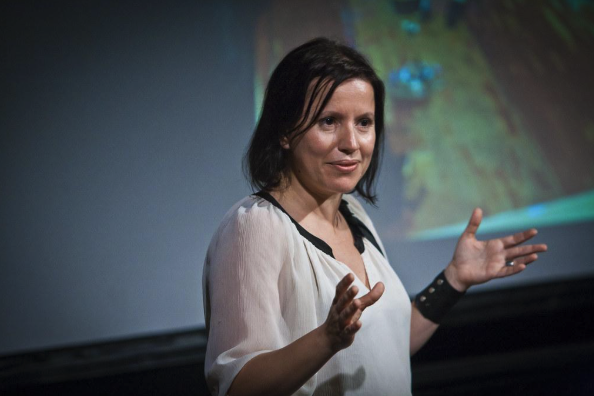
Current Market Trends and Salary Insights
To hire people in creative ecosystem we should know the current market landscape. Based on Robert Half’s 2024 Salary Guide, here are the midpoint salaries for popular creative roles:
| Role | National Midpoint Salary |
| UX Designer | $113,250 |
| Art Director | $97,750 |
| Web Designer | $77,750 |
| Graphic Designer | $66,000 |
| Packaging Designer | $65,500 |
| Production Artist | $61,000 |
These figures provide a baseline for salary negotiations, though actual compensation varies based on location, experience, and company size.
Remote Work Impact on Creative Hiring
The rapid movement toward flexible work has dramatically reshaped the way hiring works. Remote workers could earn up more if they come in to the office 5 days a week.
This shift is such that companies that offer flexible work solutions have an immense competitive benefit when it comes to attracting the right creative candidates.
Crafting Job Descriptions That Attract Top Talent
Job postings are the first introduction candidates have to your team. For creative jobs, it is even more important because creative people are attracted to employers who show creativity and vision themselves.
Successful Ingredient to the Recipe for Creative Job Descriptions:
- Specific role expectations: Clearly lay out what you expect on a daily and longer-term basis
- Culture query: What does your team environment look like?
- Opportunity for growth: Emphasize learning and development opportunities.
- Technical needs: Include any programs, tools, or platforms they need to be familiar with
- Artistic licence: Elaborate on how much freedom of creativity they will have in a role
The Importance of Portfolio-Based Recruitment
The portfolio-based hiring has been the gold standard in creative hiring. Studies have proven that 54% of design managers spend 5-10 minutes going through a person’s portfolio and 11% spend more than 10 minutes, it’s been the most important part of evaluating the candidate. The truth is, portfolios matter – it’s estimated that 70% of small business employers and 82% of large business employers say that they use portfolios to make hiring decisions.
If you are reviewing a portfolio, look at astride aesthetic. Pay attention to:
- Can this style of card work across many styles and formats?
- Problem solving process: How do they troubleshoot the creative aspect of problems?
- Craft: Is the project creation well crafted?
- Brand alignment: Do their tastes move in the same direction of your company’s style?
Great portfolios tell a story. They also show growth, experimentation and an eagerness to cater their approach to the needs of different clients and brands.
Essential Creative Role Hiring Tips

1. Implement Multi-Stage Assessment Processes
Hiring — good hiring — is a creative process that takes more than one interview to pan out. Here’s what top companies do: They set up multi-stage algorithms that evaluate different dimensions of a candidate’s capability:
Stage 1: Portfolio Review. All applicants will be screened on the basis of work samples and answers to the creative brief.
Stage 2: Direct Assessment. Practical/online examination with applicable software and / or tools.
Stage 3: Cultural Fit Interview. Discussion about how I work, prefer to collaborate and what my career goals are.
Stage 4: Creative Challenge. Problem-based, design or real-world project.
2. Focus on Assessing Creative Candidates Beyond Technical Skills
But even as technical skill remains important, the creative hires who succeed most often do more than just master specific software:
- Critical Thinking: Are they able to problem-solve and strategize?
- Is able to communicate their creative decisions and work well with others?
- Adaptability: How do they manage feedback and iterate through their work?
- Cultural fluency: Are they down with your audience and brand?
A lot of these companies are falling under the trap of hiring for pure technical skills and then finding that the candidate lacks the ability to work as part of a team or doesn’t understand the strategic side of creative work.
3. Leverage Technology for Better Candidate Sourcing
Modern recruiting platforms have revolutionized how companies find creative talent. When sourcing artistic professionals, it’s essential to have access to comprehensive candidate information that goes beyond basic resumes database.
According to practical tips from the SignalHire blog, successful creative recruitment often involves looking beyond traditional job boards to find passive candidates who might not be actively job searching but could be perfect for your role.
4. Create Inclusive Hiring Processes
Diverse creative is better creative. New perspectives, cultural identities, and life stories will only add to richer and more diverse creative work.
Strategies for Inclusive Creative Hiring:
- Fend off unconscious bias in early portfolio reviews by driving quality of work over personal details
- Employ mixed interview panels with diverse perspectives
- Explore other ways to structure portfolio and presentation formats
- Assess for potential and growth mindset (not just current skills) when assessing candidates
Talent Acquisition for Designers: Special Considerations

Understanding Design Specializations
Design is a open field with a lot of quirks. Each of these three involves its own skills, its own criteria for judgment:
- Graphic Designers: Visually hierarchy, type, and brand consistency.
- UI/UX Designers: Focus on user research, wireframing, usability testing
- Motion Graphics Artists—Be Sure to Compare Their Animation Skills, Timing, and Storytelling
- Brand Designers: Evaluate strategic and brand development skills
Evaluating Design Portfolios Effectively
When reviewing design portfolios, use a structured approach:
| Evaluation Criteria | What to Look For | Red Flags |
| Technical Quality | Clean execution, attention to detail, professional presentation | Poor file organization, low-resolution images, technical errors |
| Creative Range | Variety in styles, mediums, and project types | Repetitive work, limited style range, copying trends |
| Problem-Solving | Clear project briefs, process documentation, results achieved | No context provided, unclear objectives, missing outcomes |
| Growth Trajectory | Improvement over time, experimentation, learning new skills | Stagnant skill level, resistance to feedback, outdated techniques |
Sourcing Artistic Professionals: Beyond Traditional Methods

Building a Creative Talent Pipeline
The best creatives are frequently found rather than filling a role. Get early access to top candidates before they’re on the job market by building relationships with creative communities, attending industry events and creating talent pipelines.
Effective Sourcing Channels:
- Design spaces and the like (Dribbble, Behance and etc)
- Creative conferences and workshops
- Portfolio websites and personal blogs
- Social sides or to show your creativity
- College of Art and Design and Bridesmaids
Using Data-Driven Approaches
Modern recruiting increasingly relies on data to make better hiring decisions. Having access to a comprehensive database of verified professional resumes can help identify candidates based on specific skill combinations, experience levels, and career trajectories.
This approach is particularly valuable for creative roles where the candidate pool can be scattered across various platforms and industries.
Creative Recruitment Best Practices

1. Speed Matters in Creative Hiring
The best creative people generally have other options. And a slow time to hire can cause them to lose high quality candidates who accept a position elsewhere. But there are ways to speed up the process without compromising on the quality of your search — Establish clear deadlines and let candidates know what they’re up against. Use roundtables to make internal decisions more nimble. Provide rapid feedback after each stage. Be prepared to move quickly with contracts and offers. Through streamlining and automating those tasks, companies can make sure they always have access to the best talent, when they need it, and trying out new ways of creative hiring.
2. Showcase Your Company Culture
Companies that ignite your passion Creative professionals are looking for organizations where they can be excited to work. Your company’s culture of creativity should carry over into the hiring process. Create interview experiences that inspire and challenge your candidates and represent your brand. Show genuine behind-the-scenes looks at how you work to engage candidates. Connect people early in the process, network with them and introduce them to some prospective team members to make the connections. Be candid about growth opportunities, and the exciting creative challenges candidates will be facing. When you layer your creativity onto the hiring experience, you magnetize high performers who are inspired to help you fulfill your mission.
3. Understand Compensation Beyond Salary
Creative professionals often value more than just monetary compensation:
- Professional Development: Opportunities to learn new skills and attend industry events
- Creative Freedom: Autonomy in creative decisions and project approaches
- Work-Life Balance: Flexible schedules and remote work options
- Recognition: Credit for creative work and opportunities to build their portfolio
- Equipment and Tools: Access to latest software and high-quality hardware
4. Build Long-Term Relationships
Even candidates who don’t get hired can become valuable connections. They might be perfect for future roles, refer other talented professionals, or become clients. Evaluating creative portfolios will help maintain positive relationships with everyone who goes through your hiring process.
Building Diverse Creative Teams

The Business Case for Diversity
Mixed crews always make better product. Diverse viewpoints bring together fresh ideas and offers different audience and opportunity insight. Firms with a variety of artists create more growth, better market returns, and more satisfied employees. If you want to hire inclusively, broaden your sourcing from traditional channels to make sure underrepresented types are actually included. Critically examine job requirements to make sure they are necessary and don’t inadvertently rule out qualified applicants. Apply uniform evaluation criteria to ensure fair evaluations and minimize bias. Train hiring managers on unconscious biases and inclusive interviewing skills to help ensure fair hiring decisions.
The Future of Creative Hiring
The next wave in creative hiring is inclusive and forward-thinking. Employers look for diverse talent to generate new ideas and connect with different audiences. Creative success — unlike scores of traditional roles where you work with clear-cut data points — depends on vision, cultural relevancy and emotional connection. Recruiting has to become something more than the résumé, and make use of the visual portfolio and real-world tasks in order to evaluate skills.
Employers should draw on untapped communities, clarify job specifications and employ fair standards of assessment. Preparing hiring managers to recognize bias leads to fair decisions. How much better can things be when organizations celebrate the power of varied viewpoints and non-linear problem-solving to construct creative teams that are driving marketplace outcomes, delivering fulfillment, and shaping a vibrant, inclusive future?
Conclusion
Hiring creatives is harder than the traditional recruiting style. Through portfolio-based hiring, inclusive recruiting, and tapping into the power of today’s sourcing tools, organizations can build creative teams that are capable of fueling the next great idea and driving business success.
The point is, think of hiring creatively as an art and a science. Data and structured processes are at the core, but there is a human side — knowledge about creativity, culture and how to collaborate effectively, without which you will have a hard time succeeding.
While the creative industry is changing and adapting all the time, those organisations who can embrace these hiring tactics to ensure that they do not just attract, but also retain the creative talent that today’s business success relies upon, will have a huge competitive edge.
Interested In Working Together?
Introducing Delivered Social. We’re The Most-Rated Digital Agency In Surrey & Hampshire – We’ve Got To Be Doing Something Right.
Delivered Social is a digital marketing agency with one mission—to help businesses grow. We’re famous in Guildford and Portsmouth for our social clinics. We believe in free advice. We build lasting relationships because our team prides itself on being helpful, which our clients appreciate.
If you are looking for a new website or an agency to manage your social media presence, we can help.
If you need something slightly different, here's a super handy list of all our services, or you can always email us.


